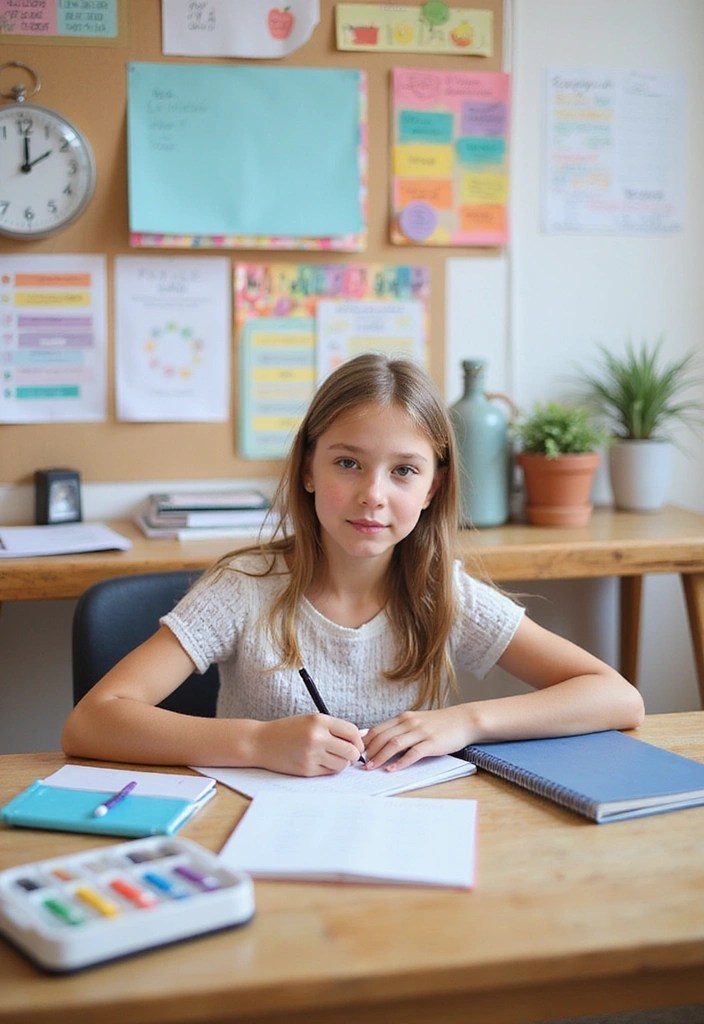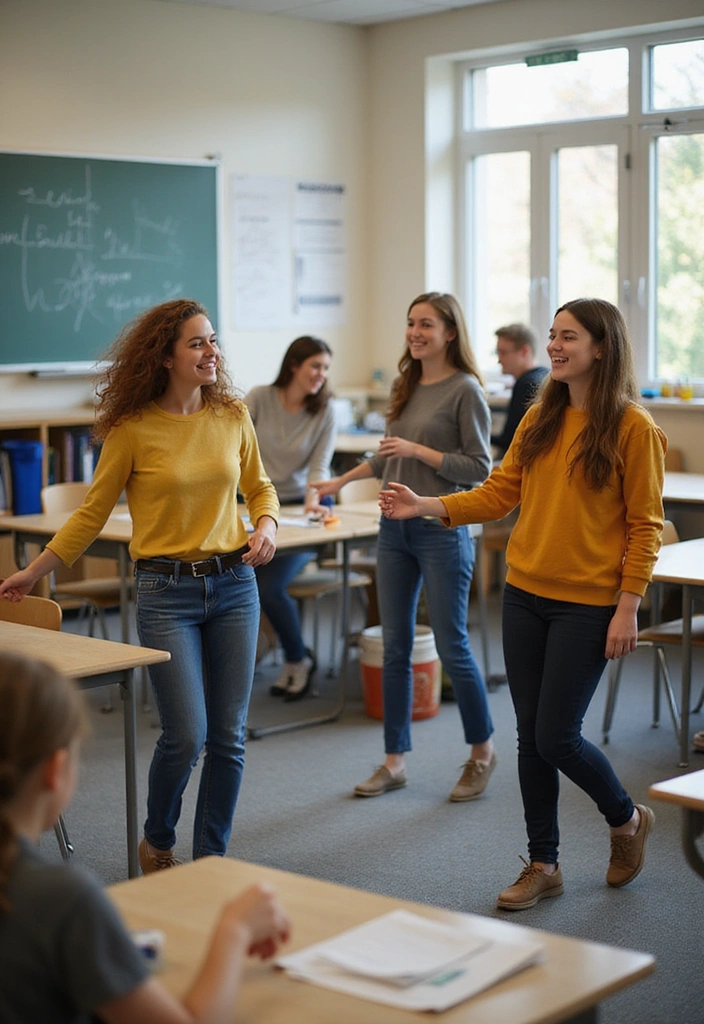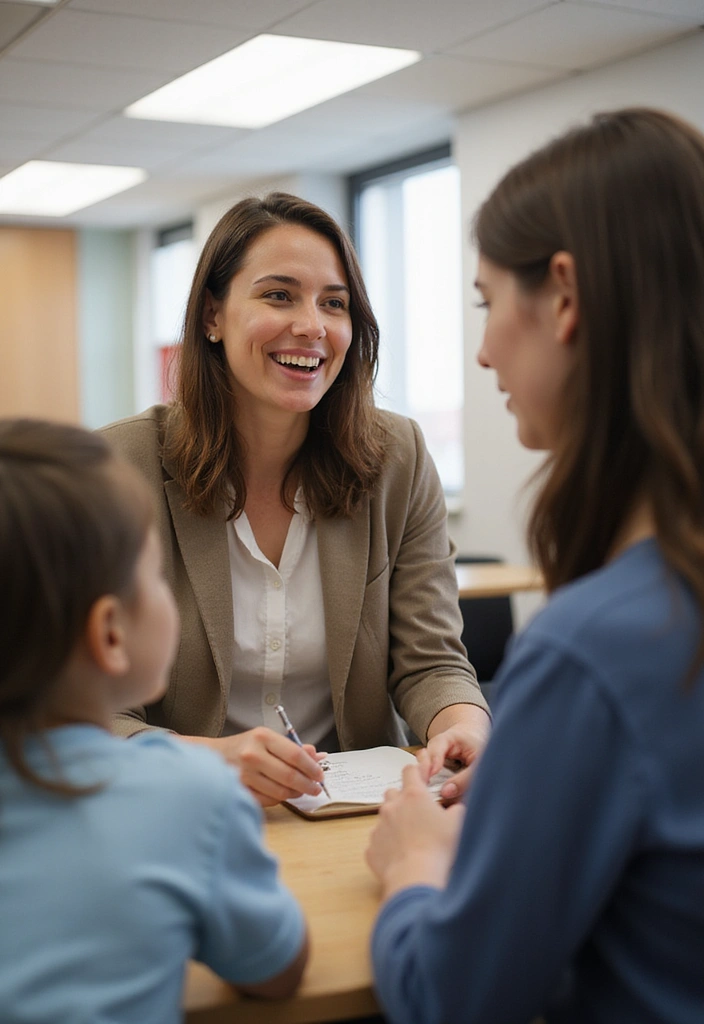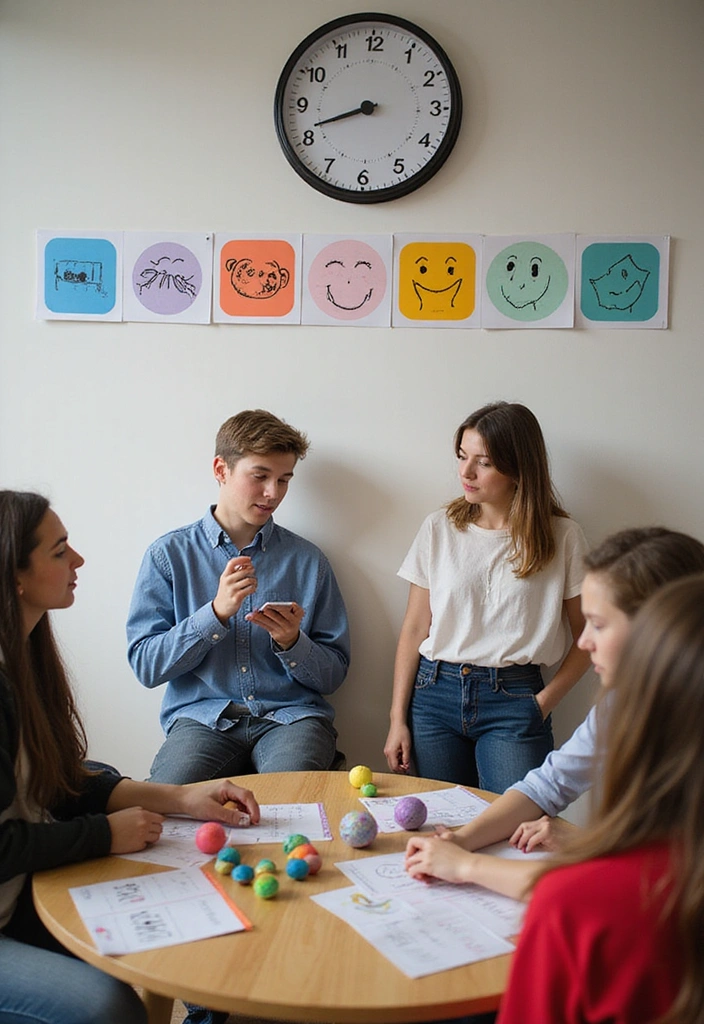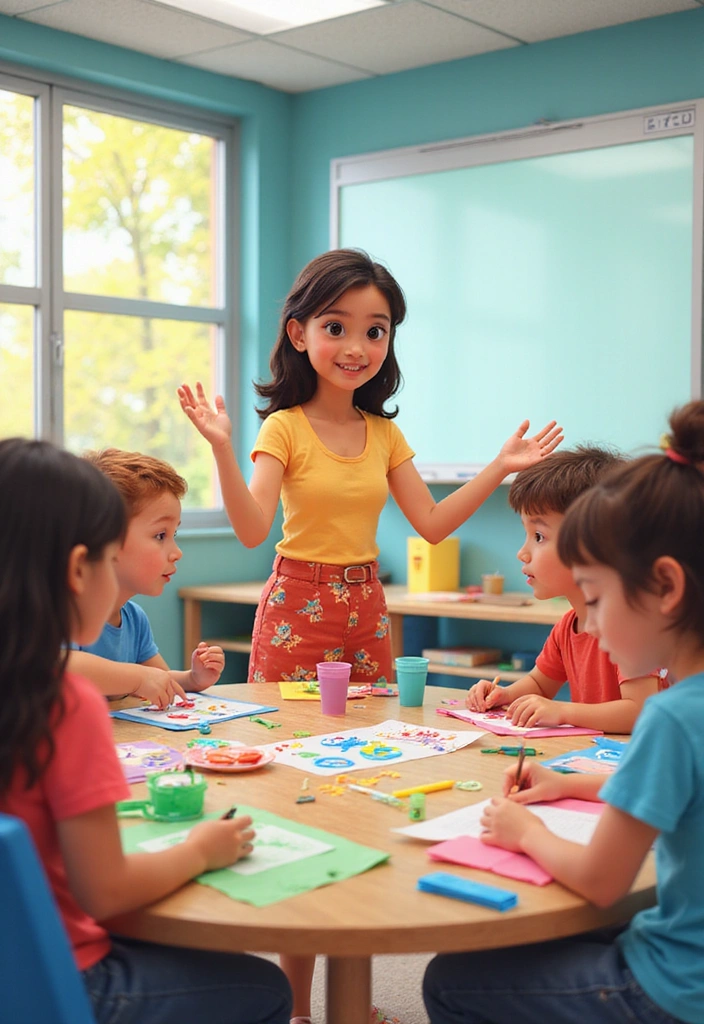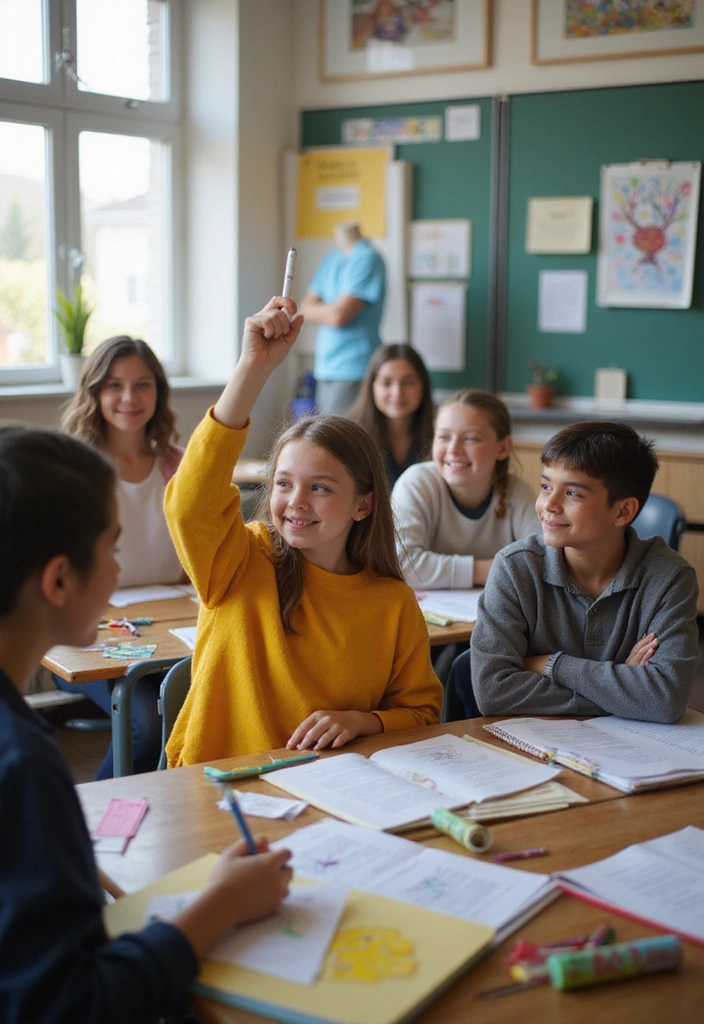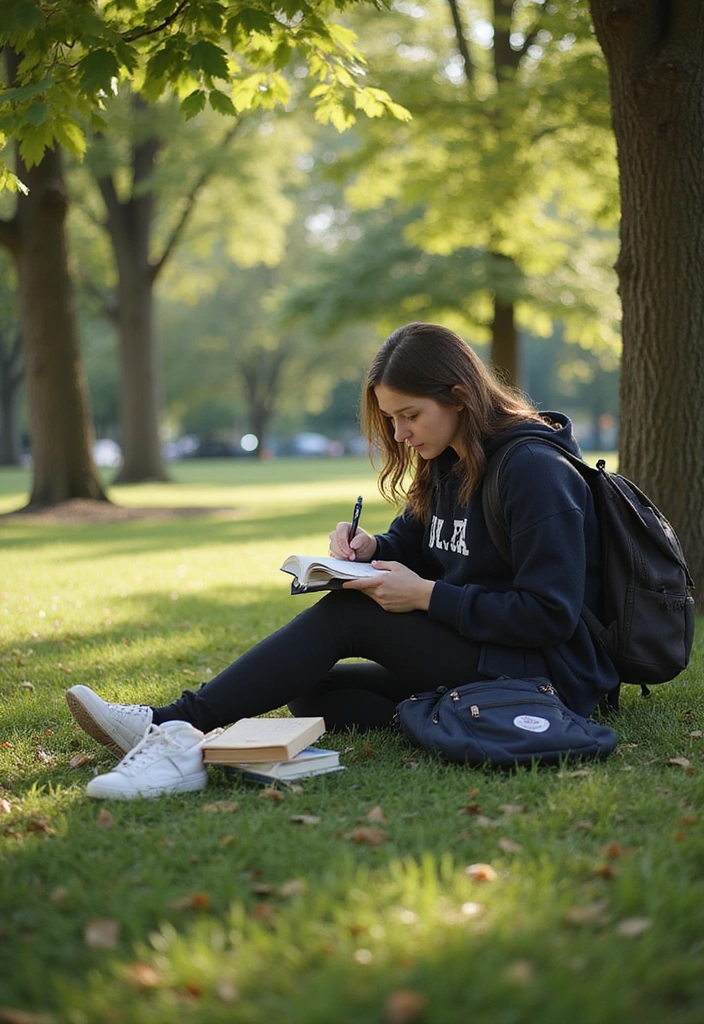Say goodbye to passive learning! Discover 21 powerful engagement strategies designed to transform your classroom, boost participation, and inspire every student. Get ready for a game-changer at #9!
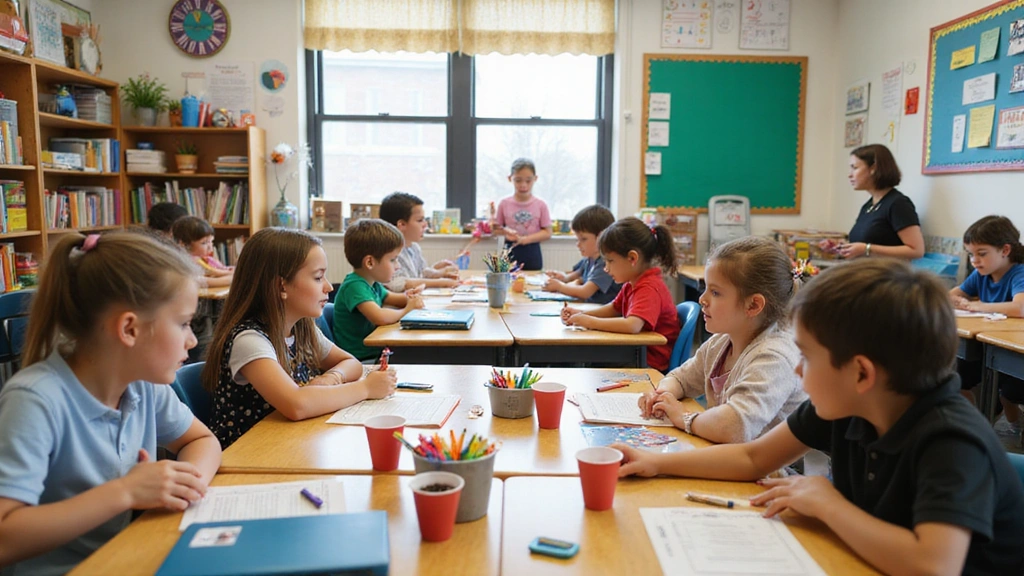
Classrooms can sometimes feel like a sea of blank stares and fidgeting students, right? But what if I told you that transforming that environment into one of enthusiasm and connectivity is easier than you think?
Engagement strategies are the heartbeat of an effective classroom. They breathe life into lessons and encourage students to actively participate in their learning journey. Whether you’re a seasoned teacher or just starting out, these 21 strategies will spark creativity and excitement in your classroom. Get ready to discover captivating techniques that will keep your students on their toes and eager to learn!
1. Gamification of Learning
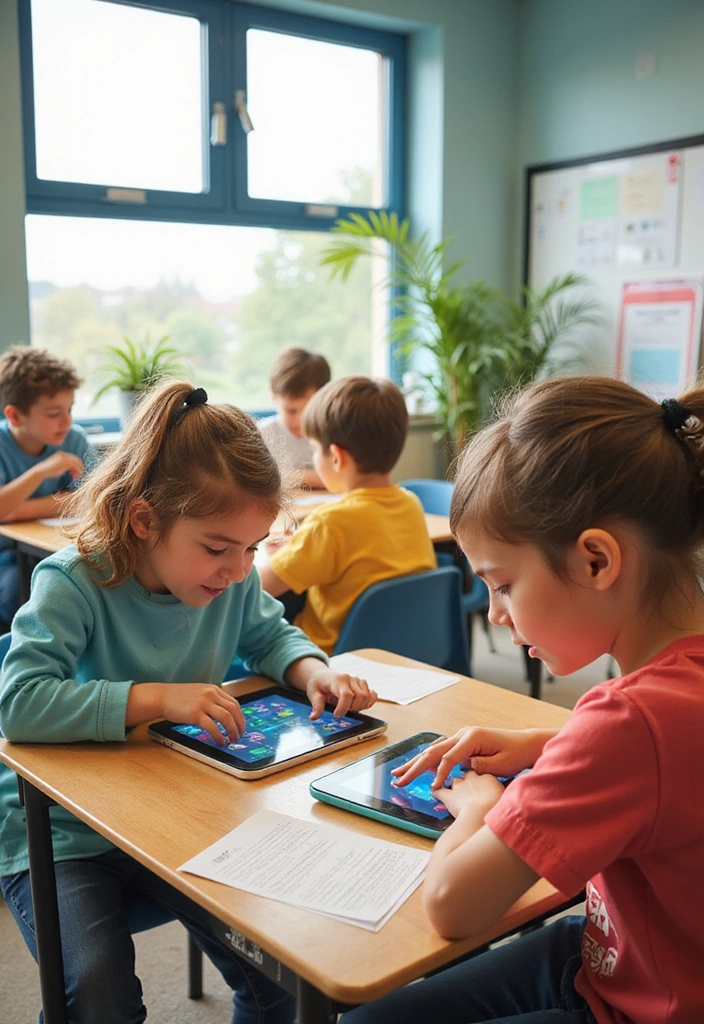
Incorporating game elements into lessons can elevate the learning experience to a whole new level! Imagine turning a dull math lesson into a thrilling competition where students earn points and badges for completing tasks.
Gamification not only motivates students but also fosters teamwork and collaboration. Here are some ways to implement gamification:
– Create a classroom leaderboard and reward students for reaching milestones.
– Use online platforms that offer educational games like Kahoot! and Quizizz.
– Develop quests where students complete challenges to advance.
The excitement of competition can turn reluctant learners into eager participants.
2. Collaborative Projects

Teamwork makes the dream work! Collaborative projects encourage students to work together towards a common goal, fostering communication and social skills.
When students engage in group projects, they learn from each other and build relationships. Tips for successful collaboration include:
– Assign roles (e.g., researcher, presenter) to ensure everyone contributes.
– Use project management tools like Trello or Google Docs to keep track of progress.
– Encourage reflection sessions where teams discuss what worked and what didn’t.
This strategy not only enhances engagement but also prepares students for real-world teamwork.
3. Interactive Learning Stations
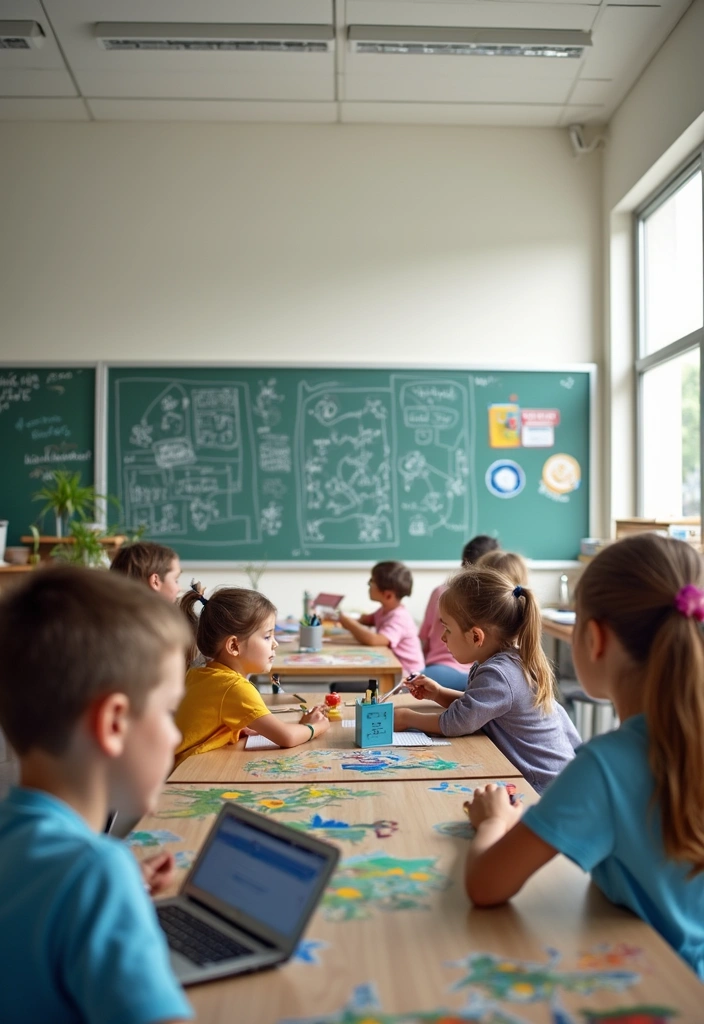
Transforming your classroom into a series of interactive learning stations can captivate students’ attention. Each station can focus on a different topic or skill, allowing students to rotate and explore at their own pace.
This hands-on approach promotes independence and critical thinking. Here are some ideas for learning stations:
– A science experiment station where students can conduct simple experiments.
– An art station for creative expression related to the lesson.
– A technology station with educational apps or coding challenges.
Interactive learning stations encourage exploration and make learning fun!
4. Use of Technology
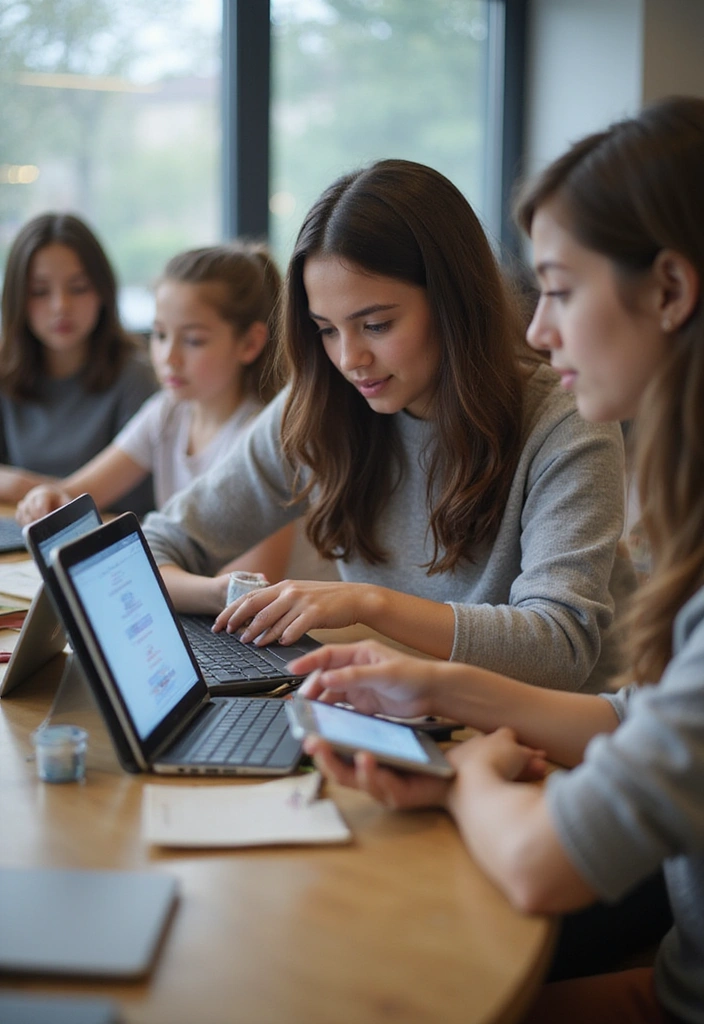
In our tech-savvy world, integrating technology in the classroom is a no-brainer. From online quizzes to virtual field trips, utilizing tech tools can significantly increase engagement.
Consider these effective approaches to use technology:
– Implement interactive videos that require students to make choices.
– Use platforms like Edmodo to create an online community for discussions.
– Allow students to create podcasts or blogs related to their subjects.
Leveraging technology not only grabs attention but also prepares students for a tech-driven future.
5. Flipped Classroom Model
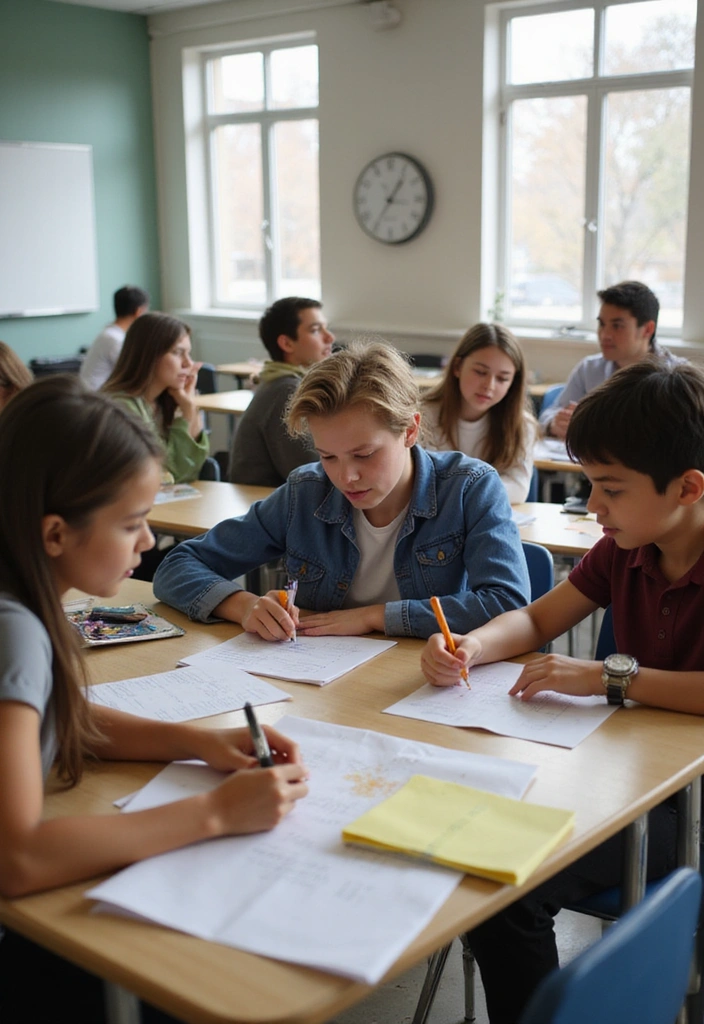
The flipped classroom model flips traditional teaching on its head. Instead of introducing new content during class time, students explore it at home through videos or readings, freeing up class time for hands-on activities and discussions.
This method fosters greater engagement and deeper understanding. Here’s how to implement it:
– Assign video lectures or readings before class.
– Dedicate in-class time to discussions, group work, or projects.
– Offer additional support during class for those who need it.
The flipped model promotes active learning and allows teachers to provide personalized attention.
6. Real-World Connections

One of the most powerful ways to engage students is by connecting lessons to real-world scenarios. When students see the relevance of what they’re learning, their interest levels soar!
For this strategy, you might:
– Invite guest speakers from various industries to share their experiences.
– Organize field trips that relate to lesson topics.
– Use case studies and current events to spark discussions.
Highlighting real-world connections not only makes learning meaningful but also helps students understand the application of knowledge outside the classroom.
7. Storytelling Techniques
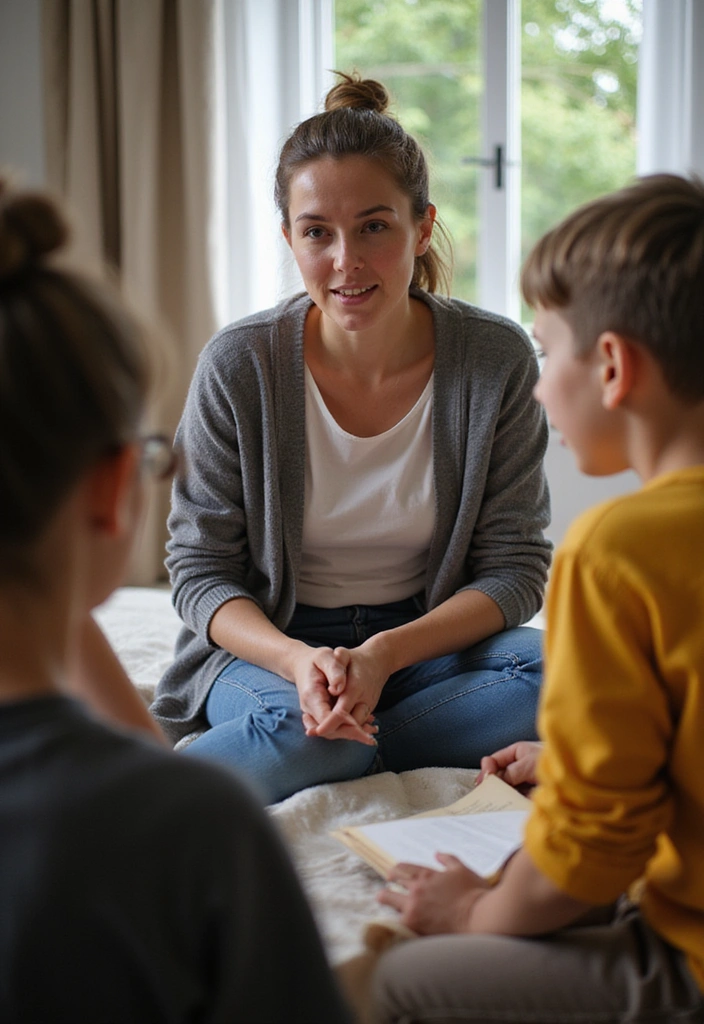
Who doesn’t love a good story? Integrating storytelling techniques into your teaching can captivate students and make complex subjects more relatable.
Here are some tips to weave storytelling into lessons:
– Use narratives to frame lessons or introduce characters who represent different viewpoints.
– Encourage students to share personal stories related to the topic.
– Create class books where students contribute their stories.
Storytelling fosters emotional connections and enhances comprehension, making learning memorable.
8. Mindfulness Activities
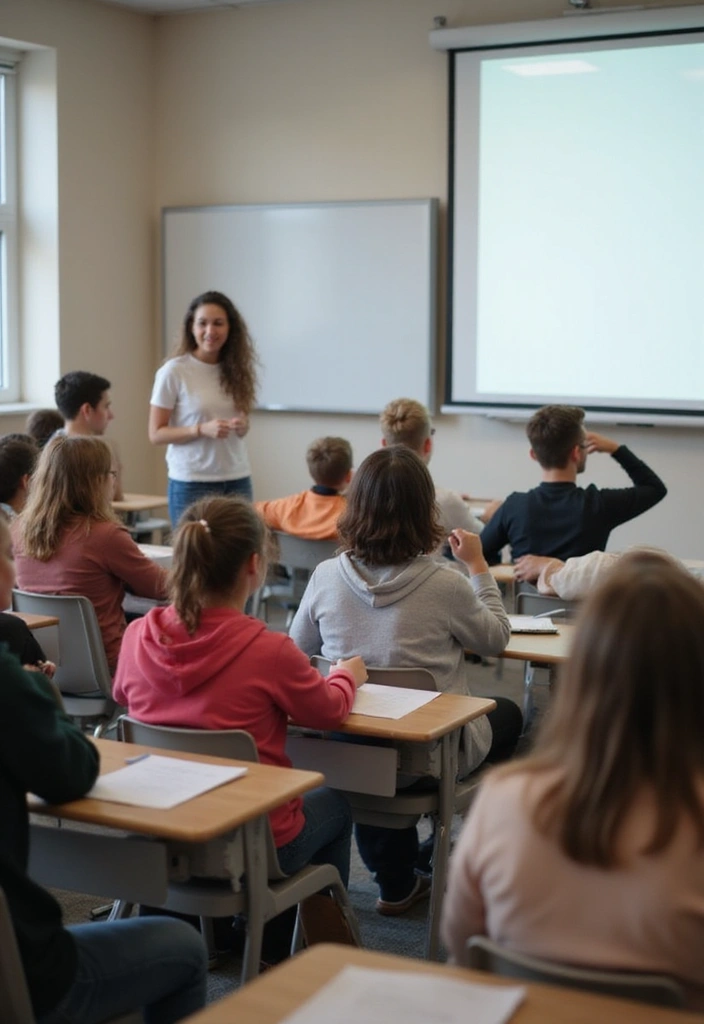
In a fast-paced educational environment, mindfulness can be a game changer. Incorporating mindfulness activities helps students focus, reduce anxiety, and improve engagement.
Simple techniques include:
– Starting each class with a few minutes of deep breathing exercises or meditation.
– Integrating movement breaks where students can stretch or do yoga.
– Encouraging gratitude journaling to reflect on positive experiences.
Mindfulness not only enhances focus but also promotes emotional well-being, creating a conducive learning environment.
9. Peer Teaching
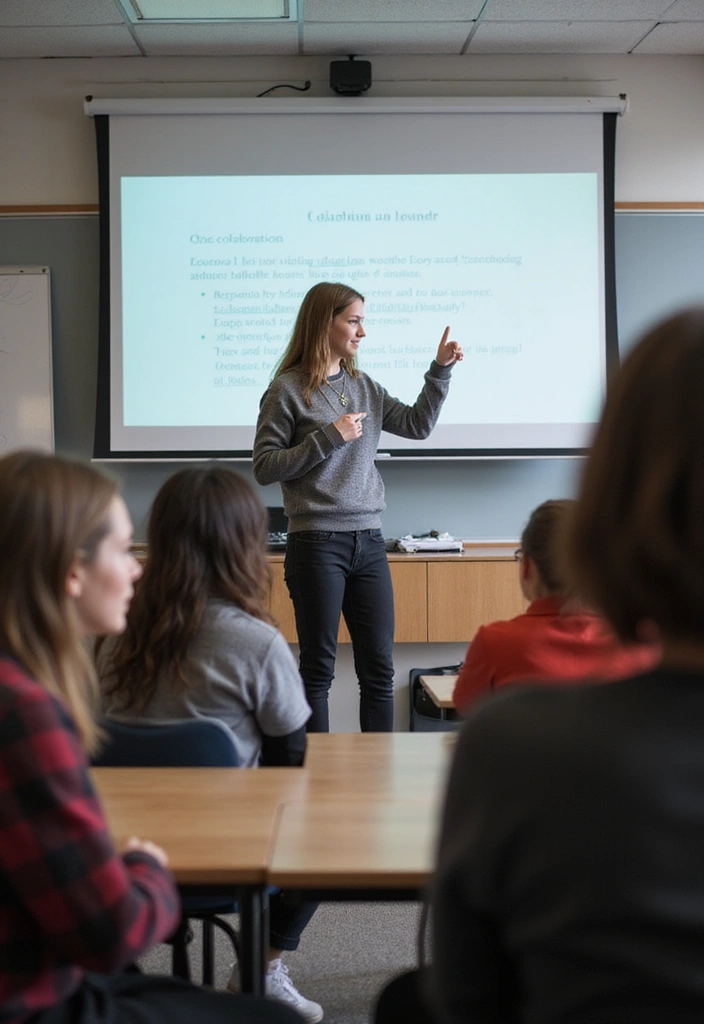
You won’t believe how transformative peer teaching can be! When students take on the role of the teacher, they reinforce their understanding while boosting their peers’ confidence.
Here’s how to implement this:
– Have students prepare mini-lessons on assigned topics.
– Pair students for teaching sessions where they explain concepts to each other.
– Use peer feedback to enhance their teaching technique.
Peer teaching not only solidifies knowledge but also fosters a collaborative culture within the classroom.
10. Flexible Seating
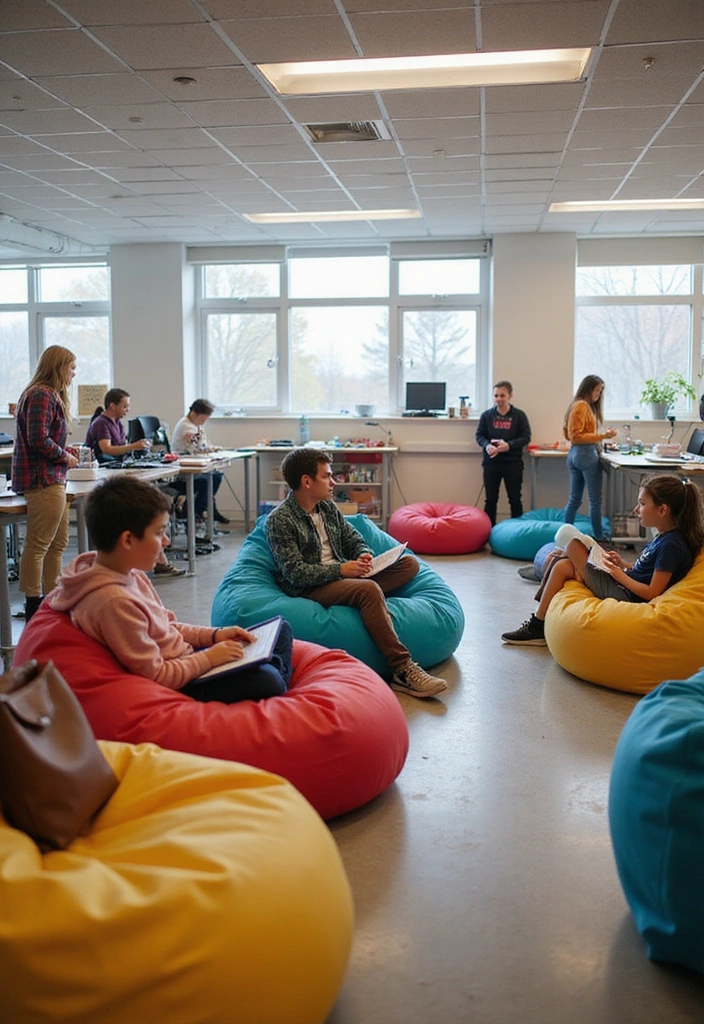
Say goodbye to rigid rows of desks! Flexible seating arrangements allow students to choose where and how they learn best. This can lead to increased comfort and productivity in the classroom.
Considerations for flexible seating might include:
– Providing options like bean bags, standing desks, or floor cushions.
– Creating collaborative zones where students can gather for group work.
– Allowing students to move around during independent work periods.
Flexible seating empowers students, promoting autonomy and engagement.
11. Classroom Debates
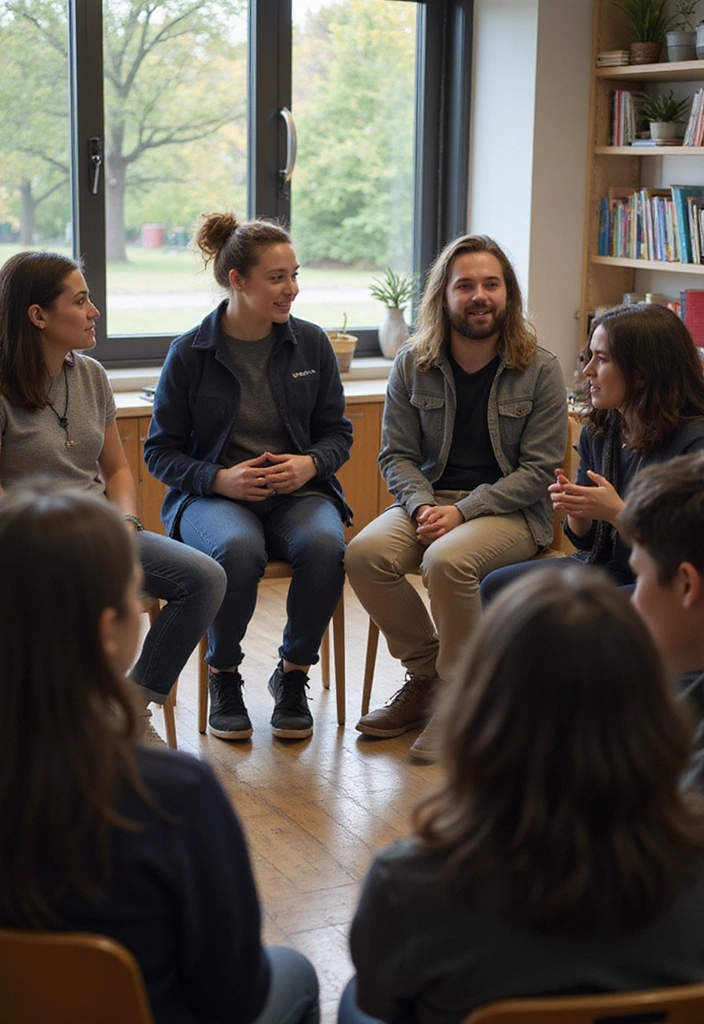
Debates can ignite passion and develop critical thinking skills! Creating a space for structured debates encourages students to articulate their thoughts and respect differing opinions.
Here’s how to host classroom debates successfully:
– Choose relevant topics that resonate with students.
– Organize students into teams and assign roles.
– Set clear guidelines for respectful discourse.
Engaging in debates not only enhances public speaking skills but also fosters a sense of community within the classroom.
12. Thematic Units
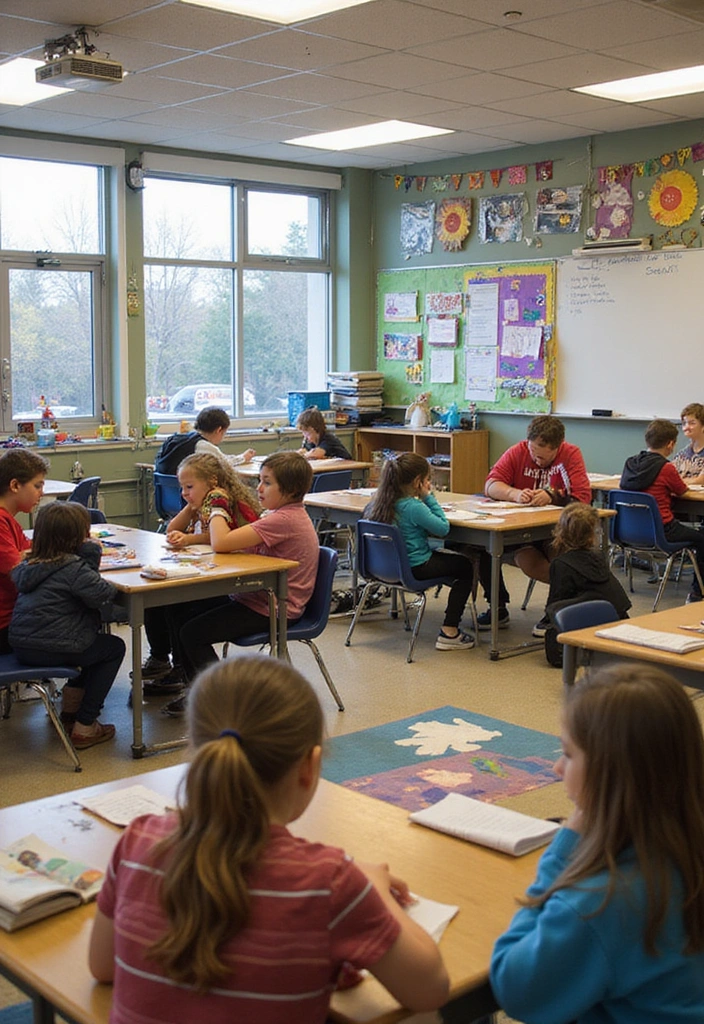
Thematic units bring subjects together around a central theme, making learning more cohesive and meaningful. This approach helps students see the connections between different topics and encourages deeper exploration.
To create effective thematic units:
– Choose themes that excite students (e.g., Nature, Technology, Culture).
– Integrate lessons from multiple subjects around the theme.
– Involve students in brainstorming ideas for activities or projects.
Thematic units provide context and relevance, making learning more engaging.
13. Service Learning
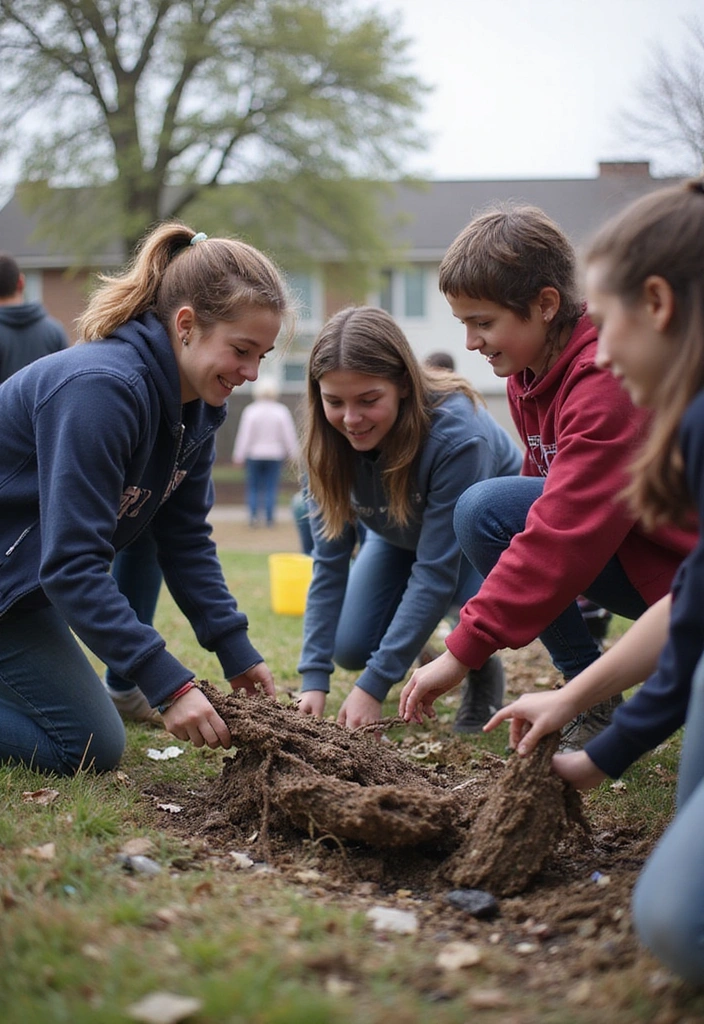
Service learning blends community service with academic learning, providing students with opportunities to engage in meaningful activities. This not only fosters a sense of responsibility but also enhances engagement.
Ways to incorporate service learning:
– Organize community clean-up events or food drives.
– Partner with local organizations for volunteer opportunities.
– Reflect on experiences through discussions or journals.
Service learning connects classroom knowledge to the real world, empowering students to make a difference.
14. Incorporate Art in Learning
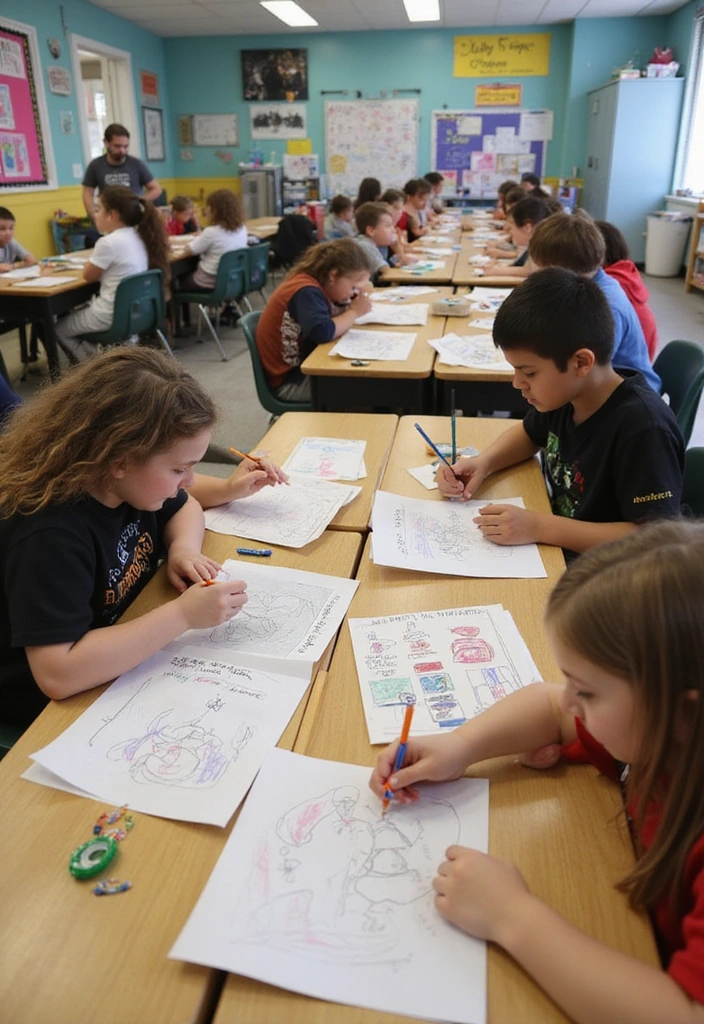
Art can be a powerful tool in the classroom, enhancing creativity and engagement. Integrating artistic elements into lessons allows for expression and a different way to process information.
Try incorporating art through:
– Visual projects like posters or infographics.
– Creative writing assignments that allow for storytelling.
– Dramatic presentations or role-playing activities.
Artistic engagement encourages students to convey their understanding in innovative ways.
15. Student Choice
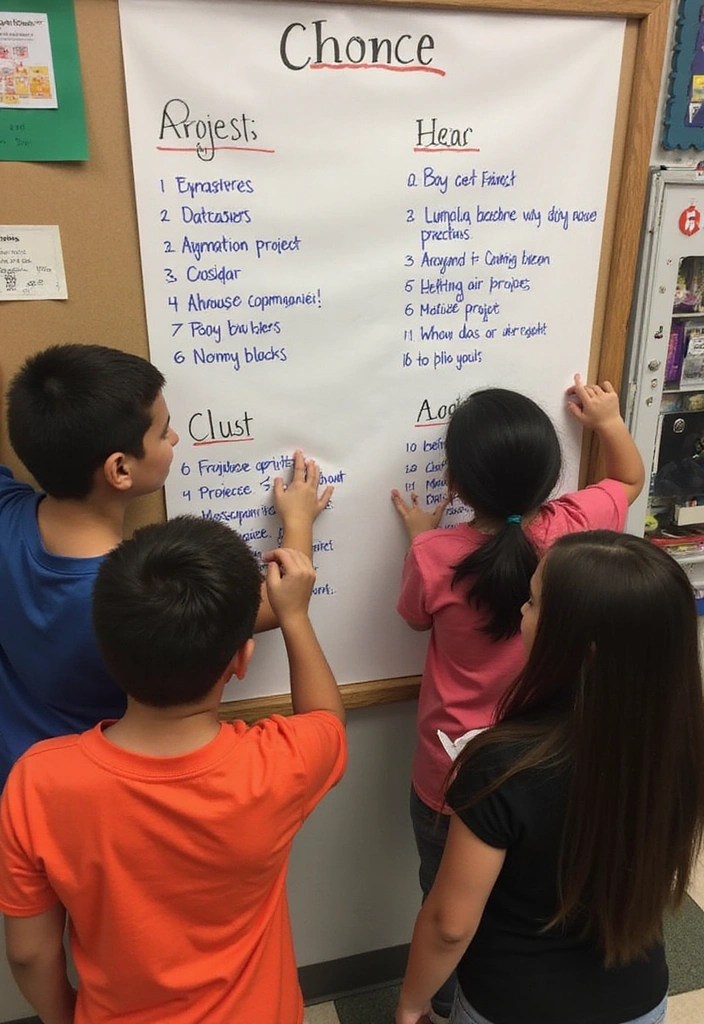
Giving students a voice in their learning is a surefire way to boost engagement. When students have the opportunity to choose what they learn or how they demonstrate their understanding, their motivation sky-rockets.
Consider these options to implement student choice:
– Allow students to pick project topics or formats (presentation, video, etc.).
– Create a menu of assignments from which they can select.
– Involve them in setting classroom rules or expectations.
Student choice fosters ownership and increases commitment to learning.
16. Active Learning Techniques
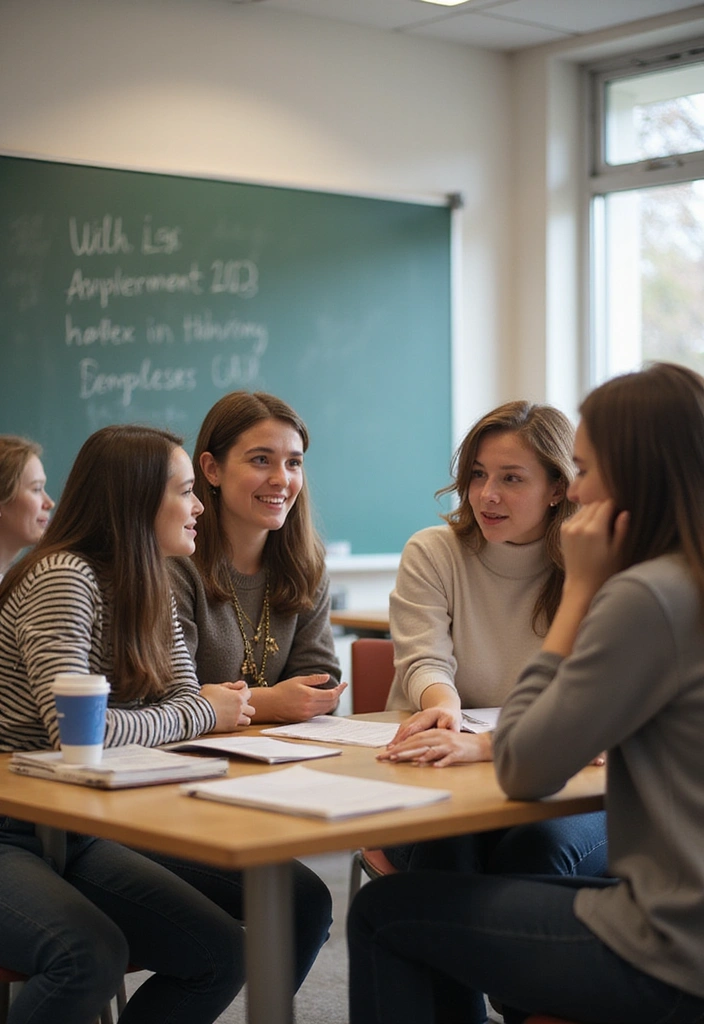
Active learning keeps students engaged through participation rather than passivity. This approach shifts focus from teaching to learning, promoting critical thinking and collaboration.
Implement active learning by:
– Using think-pair-share activities to foster discussion.
– Introducing hands-on experiments in science or math.
– Utilizing case studies for analysis and application.
Active learning creates a dynamic environment where students are invested in their education.
17. Classroom Routines and Rituals
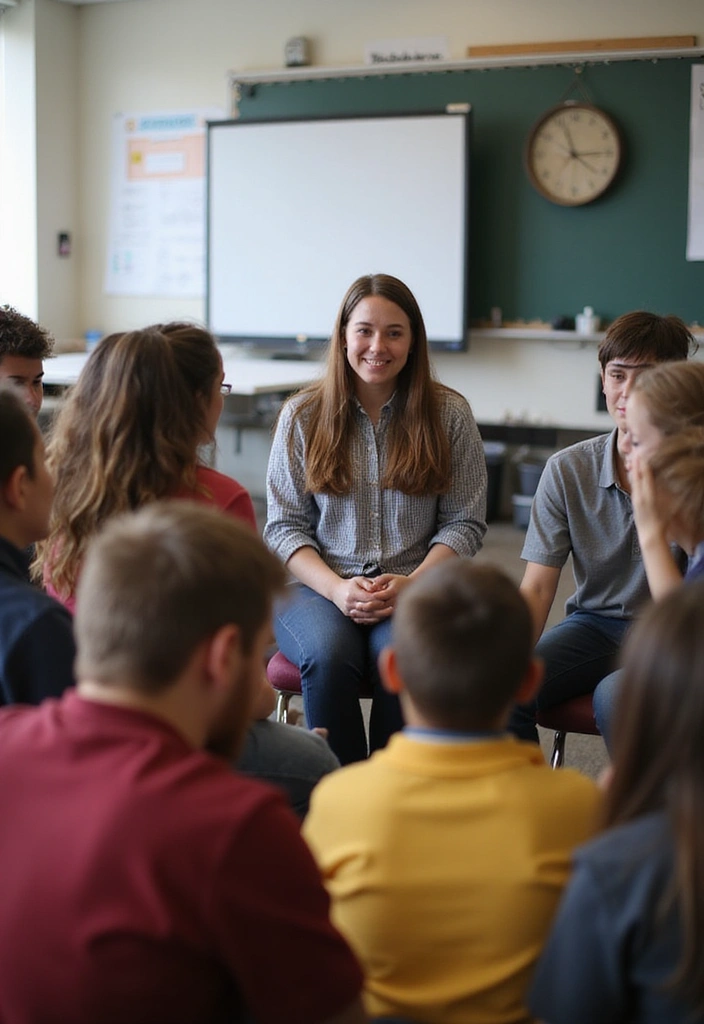
Establishing routines can bring a sense of security and predictability, helping students focus better. Incorporating unique rituals can also enhance engagement and community within the classroom.
Consider these ideas for routines and rituals:
– Start each day with a fun question for students to answer.
– Create a ‘star of the week’ where one student is celebrated for their contributions.
– Implement closing circles at the end of lessons to reflect on learning.
Routines and rituals create a structured yet enjoyable learning environment.
18. Environmental Learning
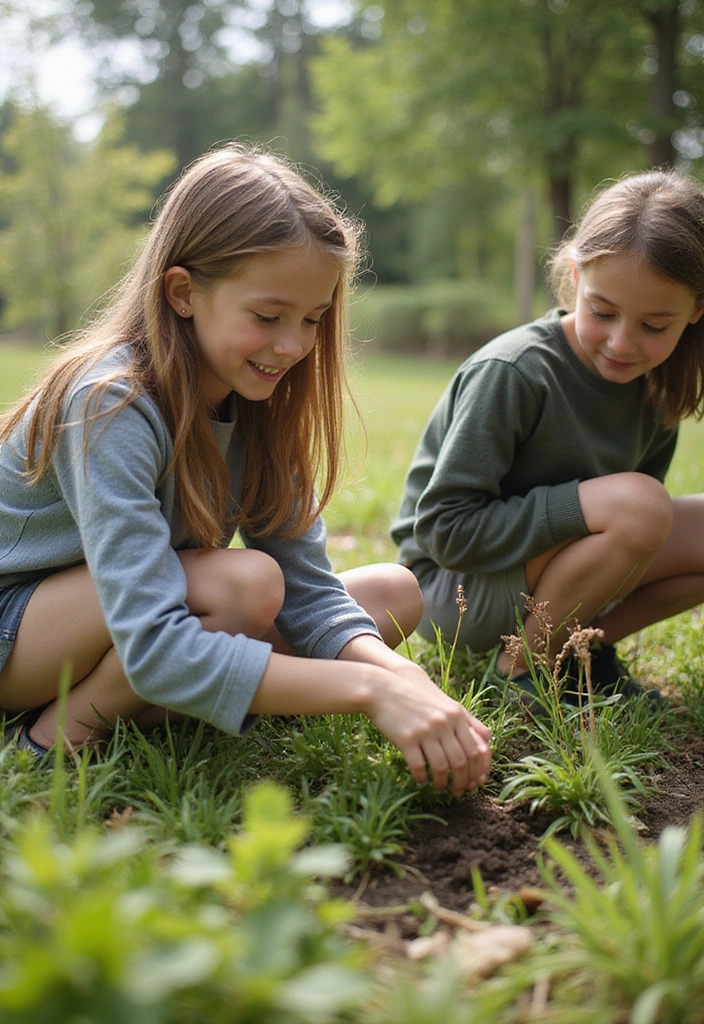
Learning doesn’t have to be confined to the classroom! Environmental learning involves outdoor activities that connect students to nature and promote experiential learning.
To integrate environmental learning:
– Organize outdoor classes or field trips to local parks.
– Create garden projects where students can learn about biology.
– Use nature walks for science observations.
Experiencing nature allows students to engage in hands-on learning and develop an appreciation for the environment.
19. Student-Led Conferences
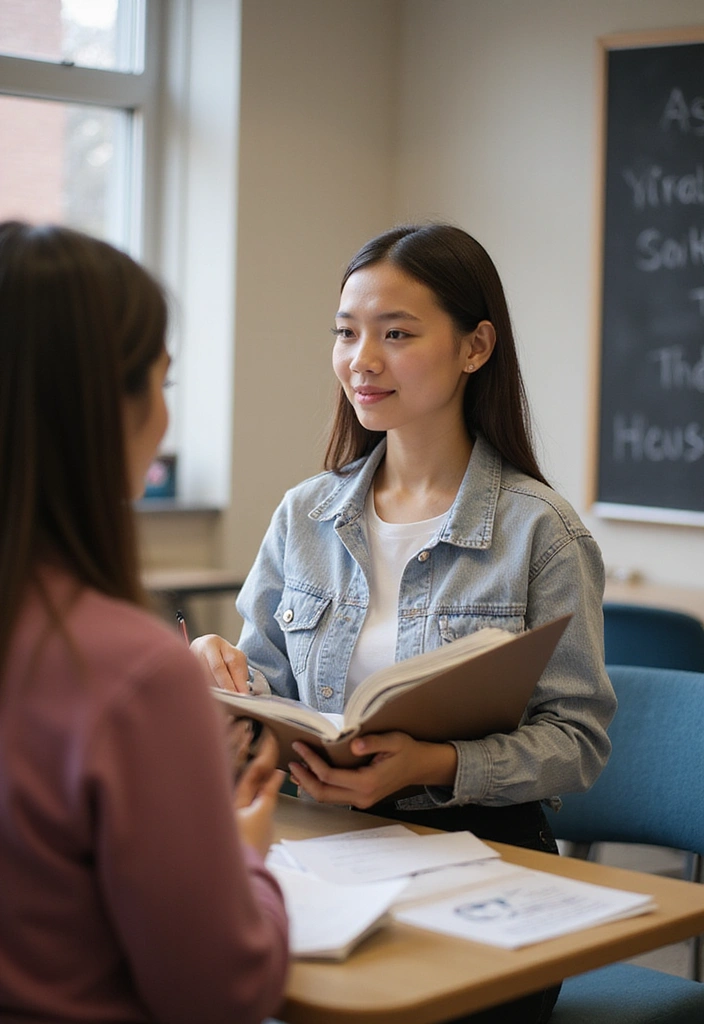
Empowering students through student-led conferences enhances responsibility and ownership of their learning. This strategy involves students taking the lead in discussing their progress with their parents or guardians.
Here’s how to implement it:
– Guide students in preparing portfolios that showcase their work.
– Provide them with a script to help lead the discussion.
– Encourage reflection on goals and achievements.
Student-led conferences create a strong connection between school and home, boosting student confidence and engagement.
20. Use of Humor
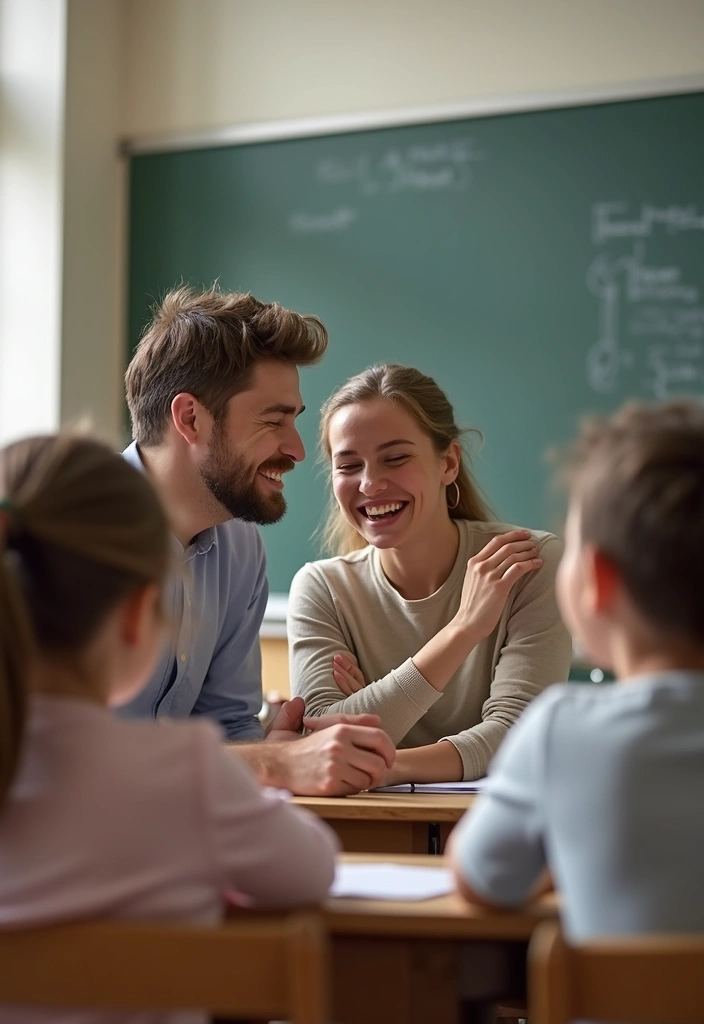
Who doesn’t love to laugh? Incorporating humor into lessons can create a relaxed and enjoyable atmosphere, making students more eager to participate.
Here are some fun ideas:
– Share funny anecdotes related to the lesson topic.
– Use humorous videos or memes to illustrate concepts.
– Create light-hearted quizzes that make learning enjoyable.
Humor breaks down barriers and fosters connections, enhancing overall engagement.
21. Continuous Feedback

Feedback is crucial for student growth and engagement. Providing continuous, constructive feedback helps students understand their progress and areas for improvement.
Consider these strategies for giving feedback:
– Use exit tickets where students reflect on their learning each day.
– Implement peer reviews to encourage constructive criticism.
– Regularly check in with students to discuss their progress.
Continuous feedback creates a supportive environment that promotes growth and keeps students engaged.
Finally

Implementing these 21 engagement strategies can revolutionize your classroom experience! When students feel connected, inspired, and motivated, learning becomes an exciting adventure.
Embrace creativity, foster collaboration, and watch as your students thrive. Don’t forget to share your experiences and any strategies that work well for you!
